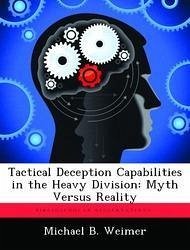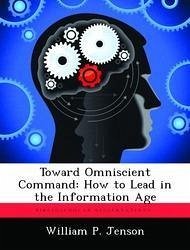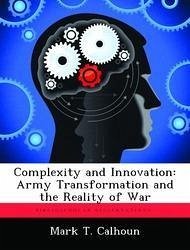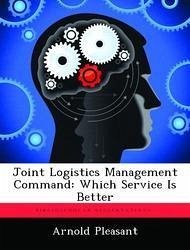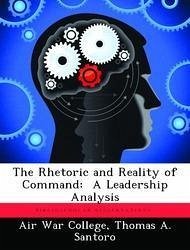
The Rhetoric and Reality of Command: A Leadership Analysis
Versandkostenfrei!
Versandfertig in über 4 Wochen
52,99 €
inkl. MwSt.

PAYBACK Punkte
26 °P sammeln!
The prevailing perception of squadron command tends to highlight the classical view of the commander's role as a leader. When people envision the day they'll take command, their thoughts often drift to how they will implement their vision, inspiring their people to successfully accomplish the mission. This timeless picture of the commander as the heroic leader is continually reinforced through an endless collection of leadership literature. Air Force Doctrine Document (AFDD) 1-1, Leadership and Force Development drives the commander's focus by identifying mission and people as the fundamental ...
The prevailing perception of squadron command tends to highlight the classical view of the commander's role as a leader. When people envision the day they'll take command, their thoughts often drift to how they will implement their vision, inspiring their people to successfully accomplish the mission. This timeless picture of the commander as the heroic leader is continually reinforced through an endless collection of leadership literature. Air Force Doctrine Document (AFDD) 1-1, Leadership and Force Development drives the commander's focus by identifying mission and people as the fundamental elements of leadership: "The leader's primary responsibility is to motivate and direct people to carry out the unit's mission successfully." While almost no one would argue against these ideals of leadership, another aspect of command is often ignored. In executing these responsibilities there is a significant administrative burden with which the commander must contend. Much is due to the myriad of commander's programs and stovepipe functional initiatives that continually add to the commander's plate. While all organizations need administrative processes, it seems intuitive there is an impact on the commander's ability to serve as a leader. How much time do these functions take away from commanders' attention on mission and people?










